
Teaching your geometry unit in elementary school can make you feel like you’re the teacher from the Peanuts cartoon. Everything you say is just “wah-wah-womp-wah”…in one ear and out the other.
The relationships between shapes and all the vocabulary can be difficult for young learners to grasp and often require hands-on activities and more visual aids than your bulletin boards can hold.
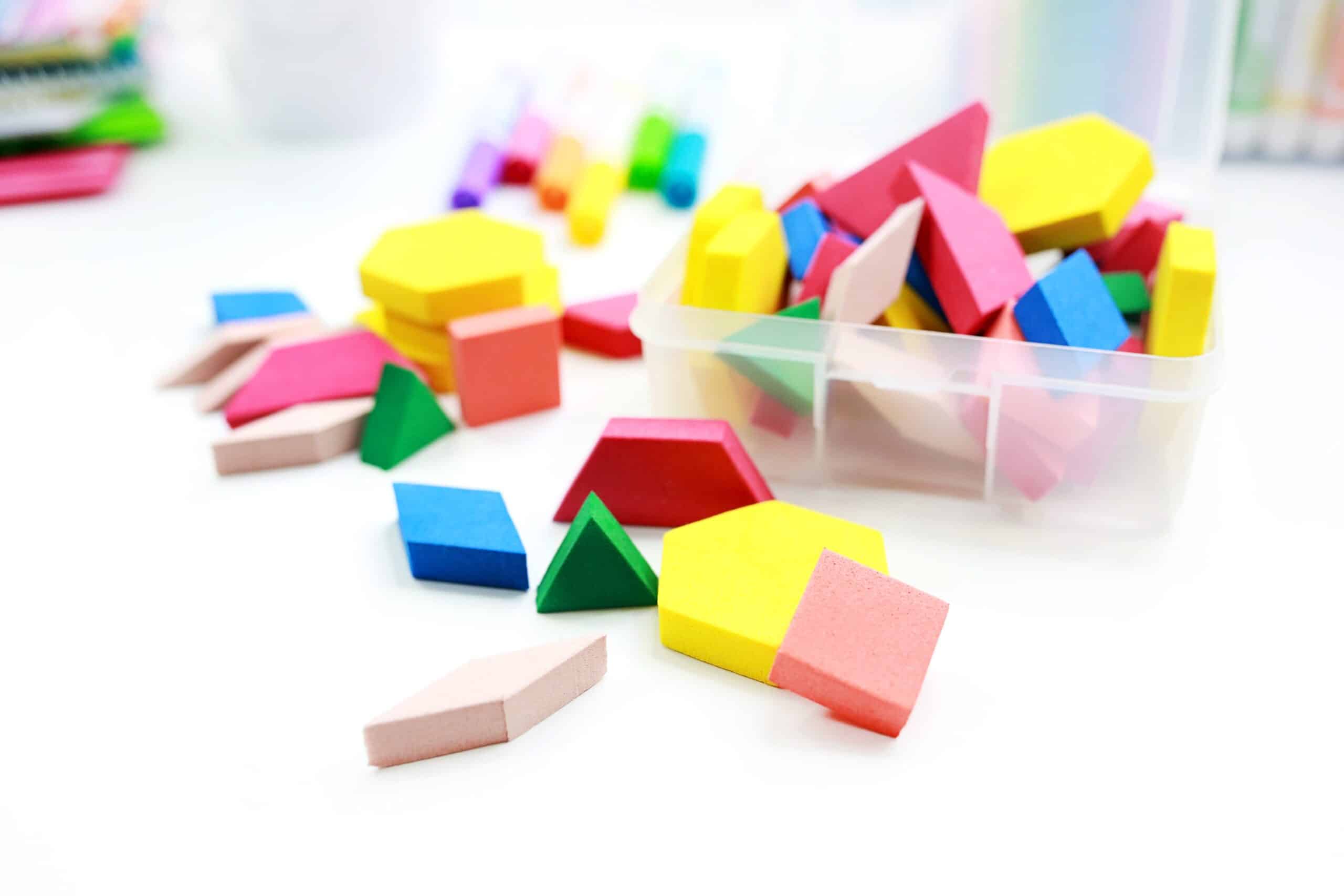
Here are three resources that simplify teaching geometry and help those shape attributes and relationships stick long term for students. By weaving these resources into your unit this year, you can create a dynamic and interactive classroom environment that encourages students to explore and learn about shapes in new and exciting ways.
Bring a hands-on focus to your geometry unit by celebrating students’ learning with a unique math project that feels like a real-world simulation. Quadrilateral City has everything you need (including a completed sample project and editable rubric) so adding this geometry project to your schedule is an easy decision.
During this project-based learning unit, you will invite your students to create a new layout for Quadrilateral City’s town square. The citizens of this unique city want to see at least one of each quadrilateral type included in the design of their new town square.
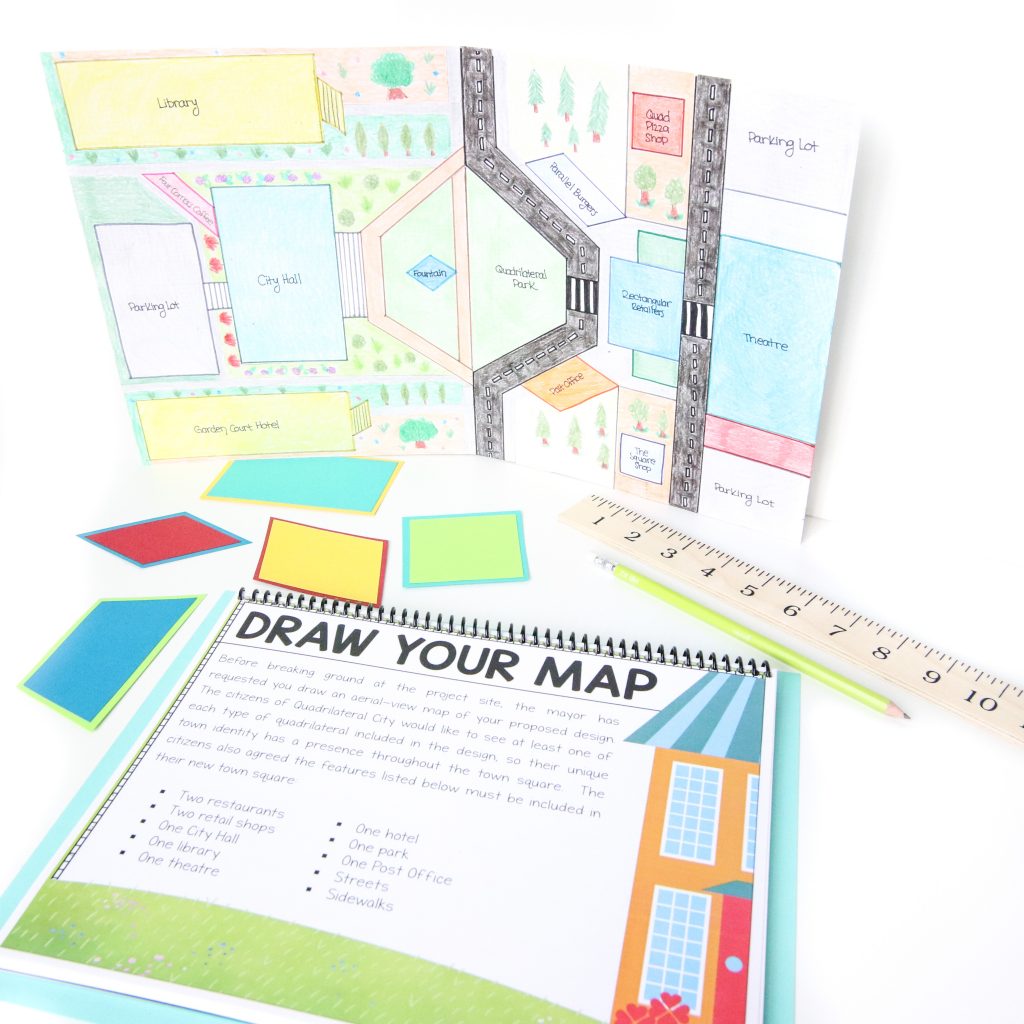
Here are the steps your students will take as they prepare to present their town square design at the upcoming town hall meeting in Quadrilateral City:
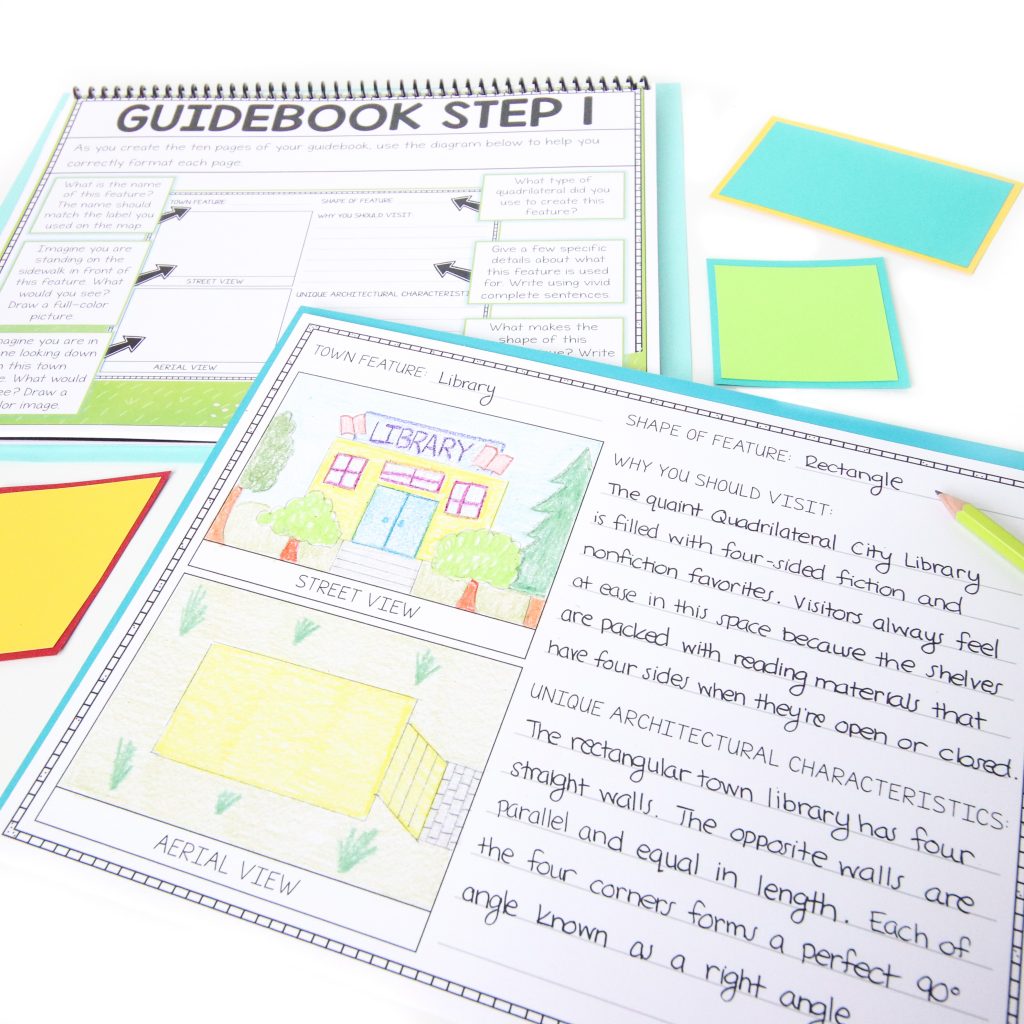
This resource makes prepping for project-based learning a breeze and makes implementation seamless. The detailed visual instructions on each page of the guide make it possible for students to complete their unique project with maximum independence so you have the time you need to teach or reteach essential geometry skills to small groups.
♥ “My 3rd graders LOVED doing this PBL after our geometry unit in Math. It was a great mix of fun and challenging for them and encouraged lots of creative thinking! Love the cross-curricular resources.” – Holly E.
♥ “Great resource that gives you everything you need. All the details are laid out in a way that makes sense to both you and your students. They loved creating their own city! And our town hall meeting was fun too.” – Bri T.
♥ “I love how detailed the instructions are. Very easy for students to understand. Also, love the rubric included!” – Alexis L.
♥ “This is a fabulous project for the kids to use as a culminating event. I can use the data for my report cards since it covers so many standards.” – Stephanie T.
Math games are a seamless way to encourage students to take part in conversations about geometry and engage in problem-solving work so you get a better grasp on their understanding of each standard.
When you carefully select games that allow your students to practice foundational geometry skills while having fun & communicating with their classmates, learning becomes more effortless.
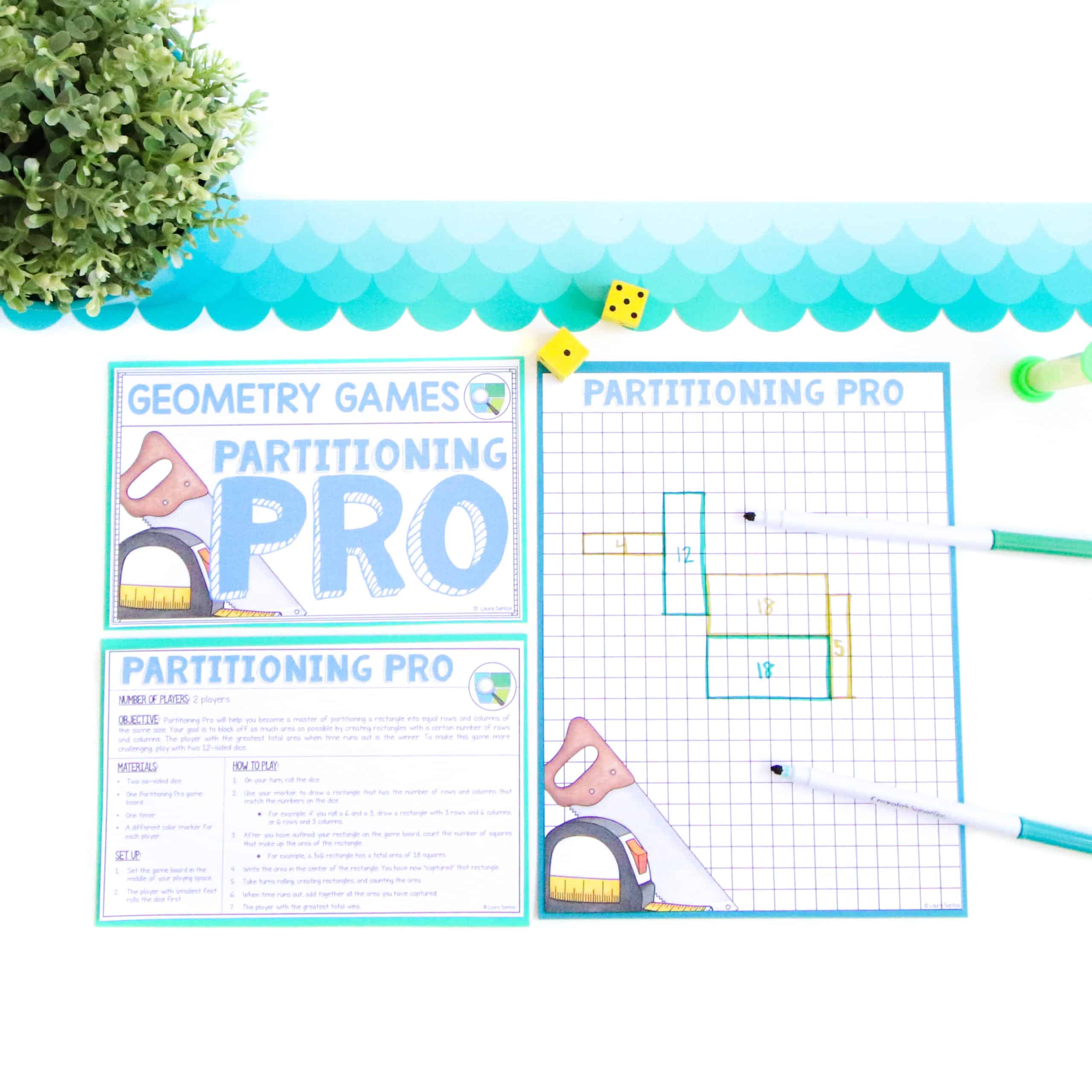
If you are looking for games that get your students up, moving, talking, and laughing, Core Inspiration’s Hands-On Geometry Games are a perfect fit for your classroom.
One of the best things about these math games is you can easily walk around the room while students play and get a better idea of each student’s understanding of the geometry skills you’ve introduced so that you can plan and adjust instruction accordingly.
No printable worksheets to add to your grading pile… just straightforward, meaningful observation data. Your students will have so much fun playing, they won’t even notice how much “work they’re getting done” and how much data you’re able to collect!
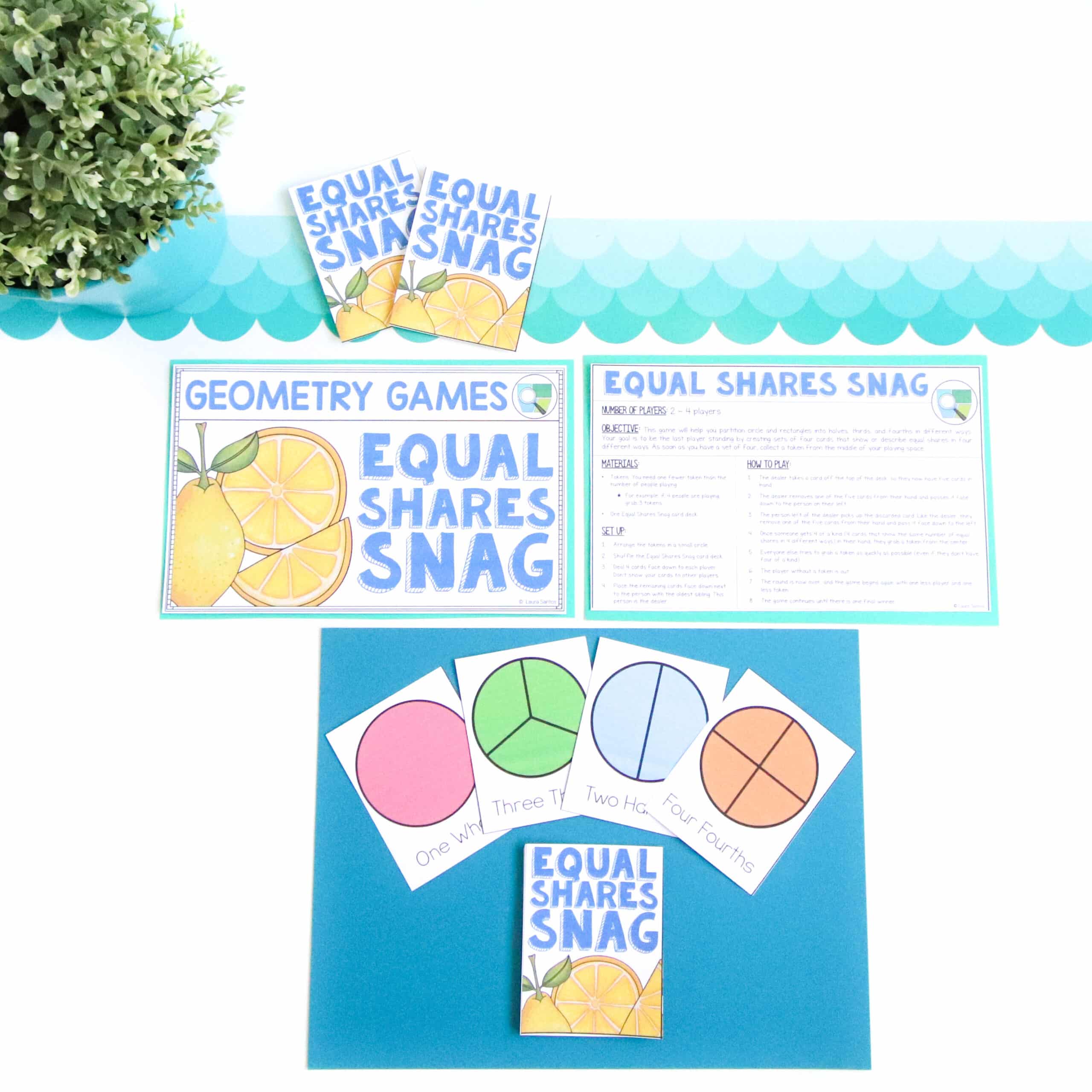
No matter how you organize your math block, these games make it a breeze to incorporate hands-on geometry practice in your elementary classroom. Teachers have successfully used these games for:
♥ “These games are perfect for reviewing geometry skills. I love that the directions are clear and tell the students what materials they need and how to play.” – L.L.
♥ “These activities were so much fun for students. They loved the games. I was able to introduce this to students and then allow them to play in stations.” – Sarah S.
♥ “Laura makes the BEST math games! The directions are clear and easy to follow and they print with the label of the game so the kids have access to the directions and don’t need to ask you all the time “how to play.” They are so independent and the variety of these games is awesome!” – R.A.R.
Boost engagement and problem-solving skills by providing your students with a variety of multi-step word problems written at three different mastery levels. Display a few cards from each level and have students select which type of problem they want to solve each day.
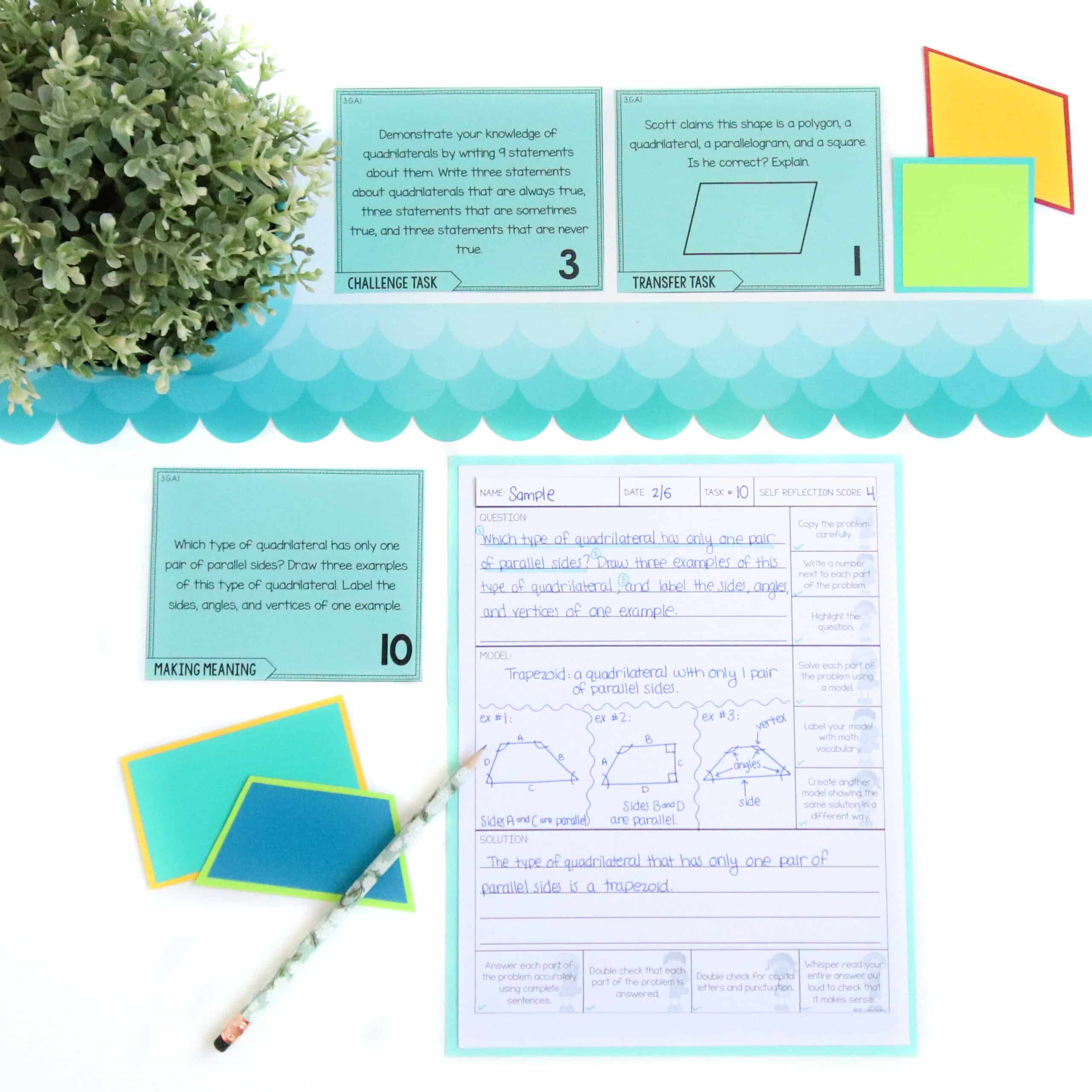
Regardless of the level they choose, you will gather information about their understanding of the geometry skills you’ve been teaching. Differentiated instruction just got a lot easier for you and more motivating for your students.
♥ “These questions are great for modeling constructive responses and then having students practice those types of questions! I also love the rubric it comes with!” – Erin P.
♥ “These task cards are the real deal. I love how students show their problem-solving strategies and explain their thinking. I love that the cards are varied in difficulty (there are challenge tasks for your higher learners!) but all very accessible to students in the classroom. Thank you!” – Root R.
♥ “I love this resource. Great for students. Love that they have to solve, explain, and write about their solution to the problem.” – Tracy L.
♥ “I love these task cards. They are more engaging than worksheets and are a quick and easy assessment tool.” – Janelle S.
With these three resources, you can make your geometry unit more engaging for students. It will probably become one of their favorite and most memorable math units of the school year. With the project, hands-on games, and unique word problems shared above, students will grasp the relationships between shapes and vocabulary while building problem-solving skills and flexing their creativity.
Here is a quick list of resources featured in this blog post that make it easier than ever to bring these activities to your classroom:

I’ve been an elementary teacher for ten years, and love sharing tips and resources that make differentiated learning more manageable for you. Thank you for visiting.
Learn More
Dropping by with weekly tips, classroom strategies, and free content created with you in mind.
Join me and other 2nd through 4th grade educators in the Teaching with Core Inspiration Facebook Group. This is a place to collaborate, ask questions, and learn how teachers like you are using Core Inspiration resources in their classrooms. Hope to see you there!
© 2024 Core Inspiration ∙ Website by KristenDoyle.co
One Response
Thanks for sharing this amazing activity resource. I am working as a Business Analyst at Talentmate, an online job portal in Dubai. Even with my busy schedule, I spend time teaching my son. This blog is an invaluable resource for people like me who encounter difficulties when teaching complex geometry concepts. I hope these activities will help me make geometry engaging and interactive for my son. Thanks for sharing these valuable teaching ideas!
Lena Alexan